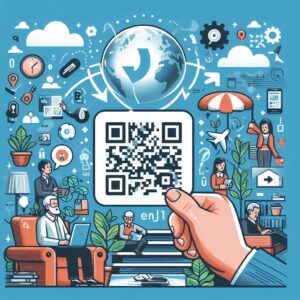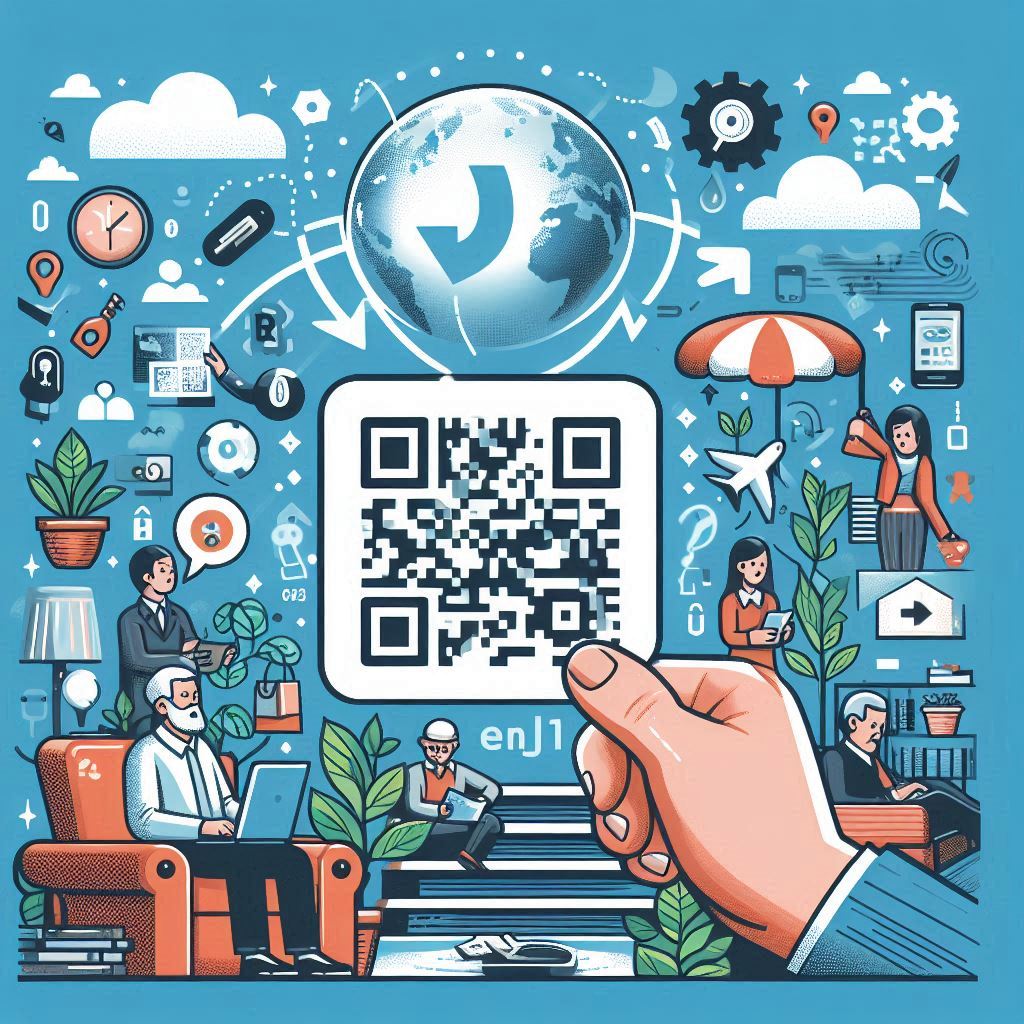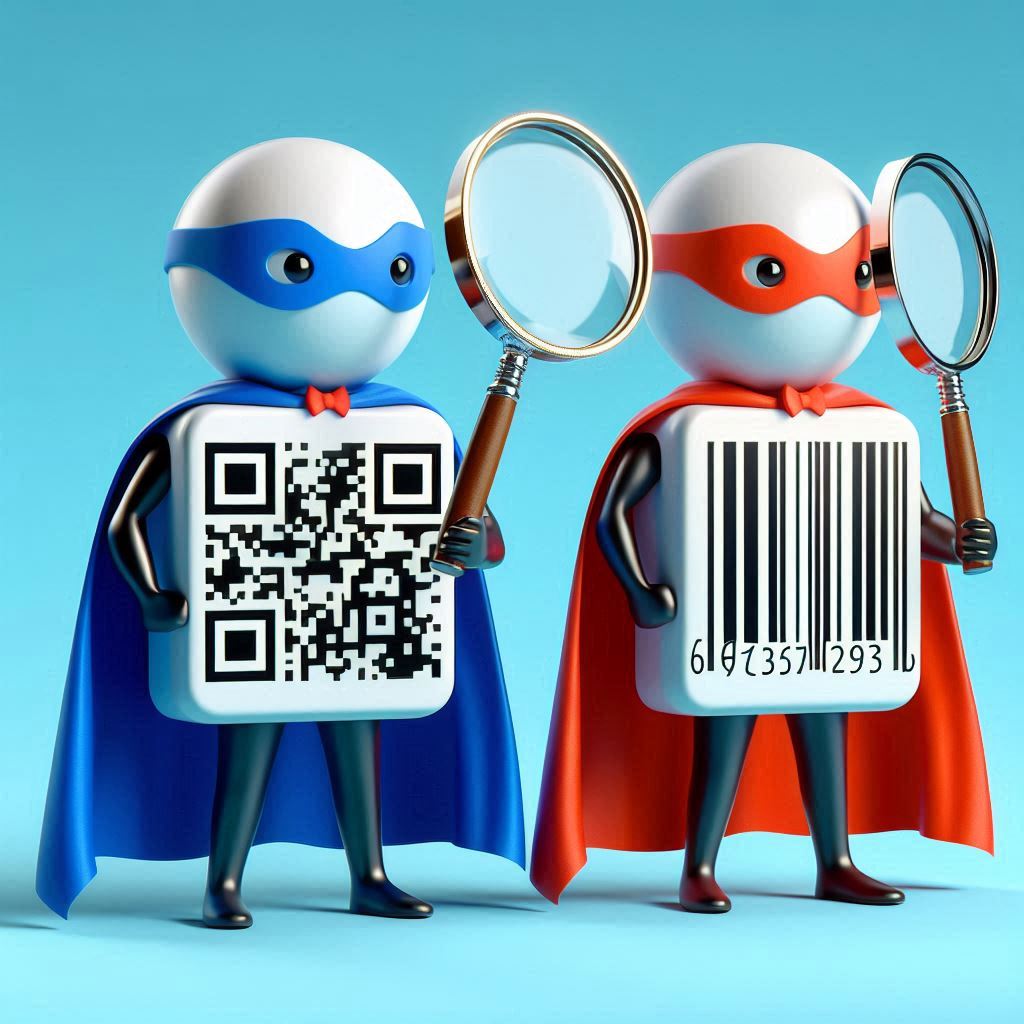QR (Quick Response) codes have become a cornerstone of India’s digital payment ecosystem, significantly influencing how transactions are conducted. This article delves into the various features of QR codes in India, highlighting their role in enhancing the efficiency, security, and inclusivity of financial transactions.
1. Ease of Use
One of the most compelling features of QR codes is their simplicity and ease of use. Users can make payments by scanning the QR code with their smartphones, which redirects them to a payment gateway or app. This eliminates the need for carrying cash or physical cards, making transactions seamless and hassle-free.
2. Interoperability
In India, QR codes are designed to be interoperable, meaning they can be used across various platforms and payment systems. The Unified Payments Interface (UPI) has been instrumental in achieving this interoperability. Users can scan a QR code and choose from multiple UPI-enabled apps to complete their transactions, providing flexibility and convenience.
3. Security Features
QR codes in India are embedded with several security features to protect users from fraud and unauthorized transactions. Some of these features include:
- Dynamic QR Codes: These are single-use codes generated for each transaction, reducing the risk of duplication and ensuring higher security.
- Encryption: Transaction details encoded within the QR code are encrypted, safeguarding sensitive information from potential cyber threats.
4. Cost-Effectiveness
For merchants, particularly small and medium-sized enterprises (SMEs), QR codes offer a cost-effective payment solution. Unlike traditional POS systems, which require substantial investment in hardware and maintenance, QR codes can be generated and displayed with minimal cost. This affordability encourages widespread adoption among businesses.
5. Versatility
QR codes are highly versatile and can be used in various contexts beyond retail transactions. In India, they are increasingly being utilized for:
- Bill Payments: Users can scan QR codes on utility bills to make quick payments.
- Public Transportation: QR codes are used for purchasing tickets and making payments in public transport systems.
- Online Shopping: E-commerce platforms use QR codes for product details, tracking, and secure payments.
6. Inclusivity
The widespread use of QR codes has significantly contributed to financial inclusion in India. With the growing penetration of smartphones and internet access, even individuals in remote areas can participate in the digital economy. QR codes facilitate access to financial services for unbanked and underbanked populations, promoting broader economic inclusion.
7. Integration with Loyalty Programs
Businesses are leveraging QR codes to integrate with loyalty programs and offer personalized customer experiences. By scanning a QR code, customers can accumulate points, access discounts, and receive special offers, enhancing customer engagement and loyalty.
8. Contactless Transactions
The COVID-19 pandemic accelerated the adoption of contactless payment methods, and QR codes played a crucial role in this transition. They enable completely contactless transactions, reducing the need for physical contact and ensuring safety and hygiene in public spaces.
9. Instant Payments
QR codes facilitate instant payments, thanks to the underlying UPI infrastructure. This real-time payment capability is particularly beneficial for both consumers and merchants, as it speeds up the transaction process and ensures immediate fund transfers.
10. Customizability
Merchants can customize QR codes to include specific information such as product details, payment amounts, and merchant IDs. This customization enhances the user experience by providing relevant information directly through the QR code scan.
Conclusion
The features of QR codes have revolutionized the payment landscape in India, offering a blend of convenience, security, and inclusivity. Their versatility and cost-effectiveness make them an attractive option for businesses and consumers alike. As digital payment technologies continue to evolve, QR codes are expected to play an increasingly central role in shaping the future of financial transactions in India.











